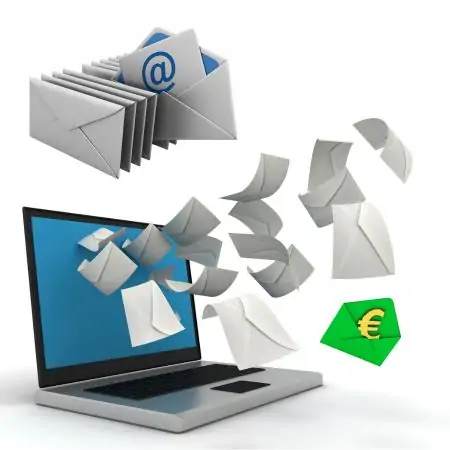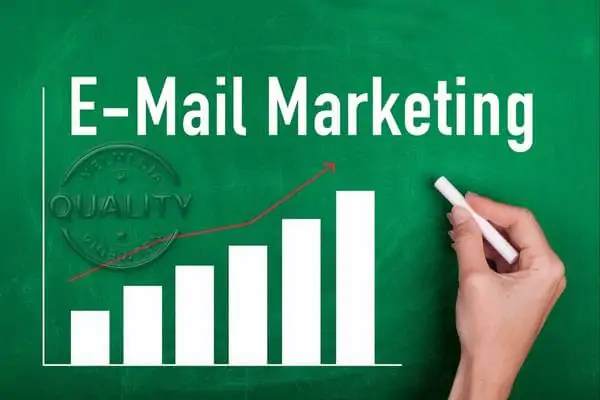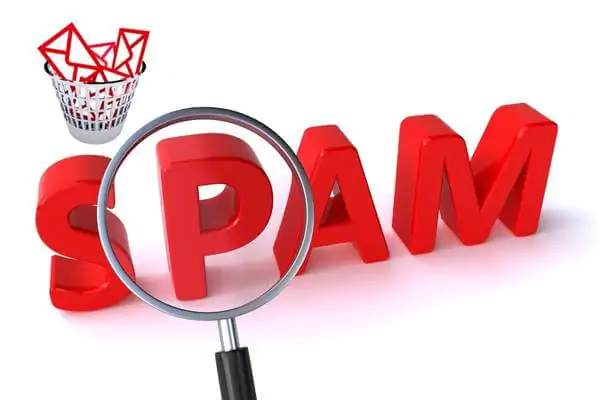
What is email marketing: A Quick Guide for Beginners
Discover what email marketing is and learn how to successfully implement a strategy, build a subscriber list, create attractive emails, and track results.
Email Marketing-Introduction
Email marketing is a marketing strategy that involves sending commercial messages via email to communicate with potential clients or existing customers.

It is one of the oldest forms of digital marketing, but it remains an extremely powerful tool that allows companies to reach their audience in a personalized way.
Email Marketing Graph Email marketing is interesting from both an investment and revenue perspective.
Did you know that one Dollar or Euro invested in email marketing can yield up to twenty Dollars or Euros in revenue?
Advantages of email marketing
Increasing reach and visibility
Email marketing allows companies to reach their audience on a global scale and create awareness about their products or services.
The number of email openings can be high if the messages are properly targeted and relevant to the recipients.
Example1:
Sending promotional offers via email can capture user’s attention and encourage them to visit the website.
Sending personalized news with useful information can increase user loyalty and motivate them to share content with others.
Example2:
If a company sells pet products, it can send special offers and tips to dog and cat owners based on the information they have collected about their pets.
Enhancing user engagement
Email marketing enables direct communication with users and encourages interaction with the company.
High-quality emails with relevant content can prompt users to take action, such as clicking on a link, filling out a form, or making a purchase.
Increasing conversions and sales
Email marketing can be highly effective in turning potential customers into actual buyers.
Properly targeted and relevant messages can encourage users to make a purchase or engage with the company.
Example3:
Sending personalized offers or promotional codes can motivate users to make a purchase and increase the company’s revenue.

Getting Started with Email Marketing
Building and managing a subscriber list
The first thing you need to do is build a quality subscriber list. You can achieve this through your website, social media, or other marketing campaigns.
It is important to provide value to users to encourage them to subscribe to your emails.
Example:
On your website, you can offer a free e-book, guide, or a discount in exchange for subscribing to updates.
Choosing the right email marketing platform
There are many email marketing platforms available that can help you manage your campaigns.
It is important to choose a platform that suits your needs, such as ease of use, segmentation features, tracking results, and more.
Popular email marketing platforms include MailChimp, Constant Contact, Brewo (formerly SendinBlue), AWeber, ConvertKit, and Clickera.
We will periodically describe many of these platforms.
Creating attractive and effective emails
Once you have your subscriber list and have chosen a platform, it’s time to start creating emails.
Your emails must be attractive, informative, and clear.
Use appealing design, relevant content, and strong calls to action.
We recommend using Canva templates because they offer a wide selection, and the templates look professional.

Tracking and analyzing campaign results
After sending emails, it’s important to track their success.
Analyze email opens, link clicks, conversion rates, and other metrics to learn what works and how you can improve your campaigns.
Example:
If you notice that some headlines get more email opens than others, you can apply similar techniques in future campaigns.
Almost all of the platforms listed here have detailed analytics.
Best Practices in Email Marketing
Building a quality subscriber list
- Ensure that subscribers have clear information about what they will receive and how to unsubscribe.
- Use double opt-in to protect yourself from spam.
- Regularly update your subscriber list to maintain high quality and reduce unsubscribes.
Writing attractive and persuasive emails
- Use personalization, such as recipient names or displaying relevant products based on their previous purchases.
- Use concise and clear messages to avoid reader fatigue.
- Use strong and easily understandable calls to action (CTAs).
Using automation in email marketing
- Set up automated campaigns based on user actions, such as cart abandonment or welcoming new subscribers.
- Adapt messages based on these actions to improve user engagement.
Testing and optimizing campaigns
- Test different elements of your emails, such as headlines and images, to see what works best.
- Analyze test results and optimize your campaigns to achieve better results.
Measuring the Success of Email Marketing
- Key metrics to track success:
- Email open rate
- Click-through rate (CTR).
- Conversion rate
- Unsubscribe rate
- Analyzing opened and clicked emails:
- Study which types of emails received the most opens and clicks.
- Identify patterns and elements that are most effective in encouraging user interaction.
- Tracking conversion rate and return on investment:
- Calculate how much revenue the email campaign generated and how much profit you made compared to the investment.
- Tracking Return on Investment (ROI) is essential for evaluating the success of your campaigns.
Challenges and Solutions in Email Marketing
Fighting spam

- Ensure compliance with rules and guidelines related to sending commercial emails.
- Use double opt-in and provide an easy way to unsubscribe to avoid being identified as a spam sender.
Legal regulations and data protection
- Ensure that collecting and using subscriber data complies with relevant laws and regulations.
- Inform users about privacy policies and provide them with control over their data.
Unsubscribing from the subscriber list
- Regularly update your subscriber list to remove inactive subscribers.
- Provide value and relevance to keep users interested in receiving your emails.
Building long-term customer relationships
- Don’t forget that email marketing is a tool for building customer relationships, so communicate with users regularly and provide value.
- Connect with users through personalized emails, track their interests, and offer useful tips or resources.
Frequently Asked Questions
Conclusion
Email marketing is a powerful tool that allows companies to reach their audience, build customer relationships, and increase conversions and sales.
Through personalization, segmentation, and result tracking, companies can deliver relevant and effective messages that capture attention and drive action.
By following best practices and addressing challenges, companies can achieve great success in their email marketing campaigns.
Suggested reading
🔹 How to start with Mailchimp?
🔹 Fluent Forms: How to create a WordPress contact form?
🔹 Monetize Your Content Through the Ko-Fi Platform: Successfully Transform Your Passion Into Profit

Get the latest news!
Take a second, join our community, and discover the latest strategies and proven methods for earning extra income on the Internet.
